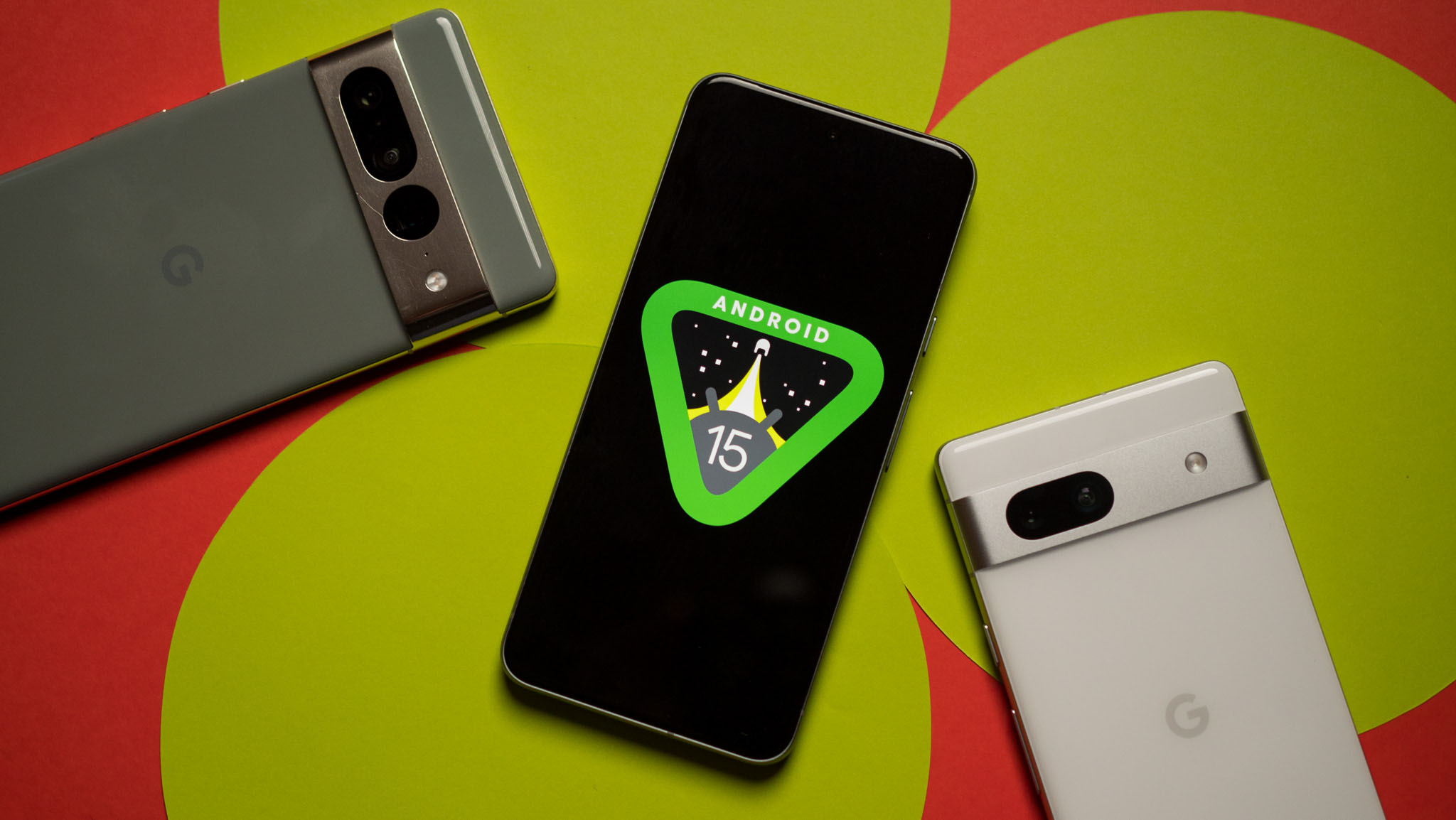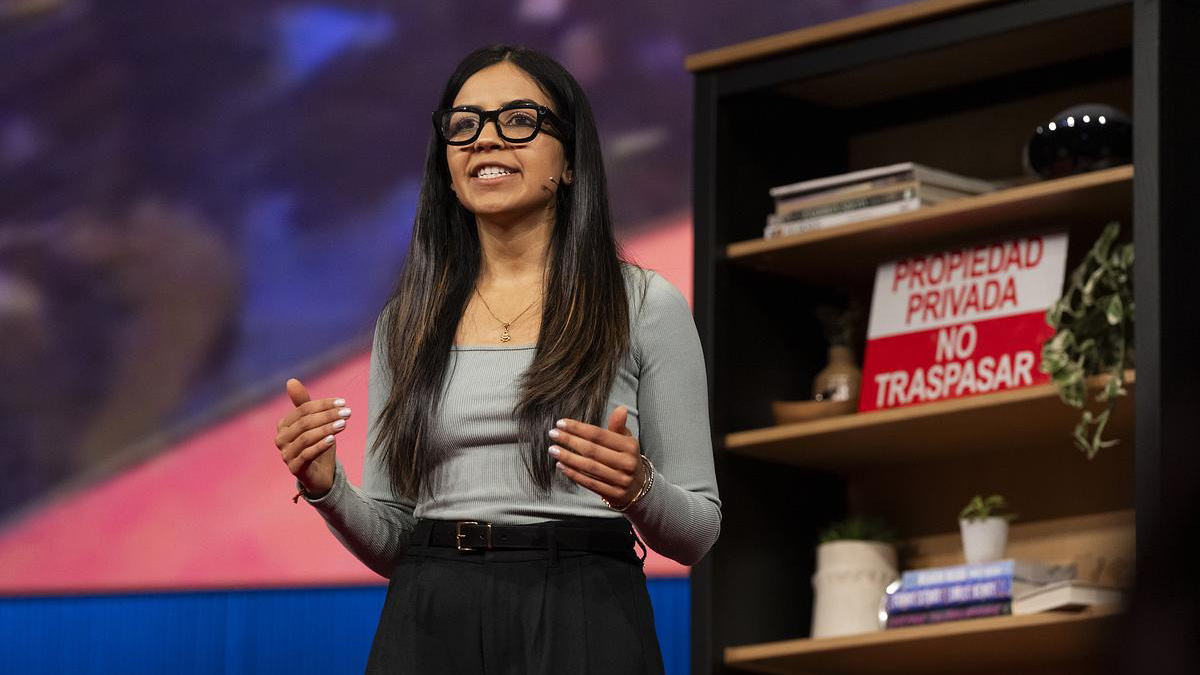Here's how Android 15's Private Space feature will work
Google's new privacy feature in Android 15 will let you stash apps away with a separate account.

What you need to know
- Private Space will supposedly allow users to store private apps separately and suggest using a dedicated Google account for enhanced security.
- The feature will enable the installation of apps privately, either through a dedicated button or by long-pressing apps outside Private Space.
- Private Space will appear in the app drawer with a lock icon and can be customized, such as hiding the icon for discretion.
The upcoming Private Space feature in Android 15 has made several appearances in various builds of Android 14's Quarterly Platform Release (QPR) updates. With the recent release of more code in the latest Android 14 QPR3 Beta 2.1 build, we've got the full scoop on how this feature works and what it looks like.
Back in December 2023, Mishaal Rahman spilled the beans on a new feature dubbed Private Space, believed to be making its debut with Android 15. At that time, nobody knew much about it, and it seemed like it was just a way to hide apps and files securely, keeping them away from prying eyes.
A few days ago, more privacy options popped up, including the ability to automatically lock Private Space and hide sensitive information from your lock screen. It's like the Secure Folder on Samsung Galaxy phones, where you choose what to secure and how. And now, a new report shows this privacy feature in action.
According to a video Rahman shared on Android Authority, Private Space is described as a feature where you can stash private apps in a separate corner of your phone. It also suggests using a dedicated Google account for added security.
Here's the lowdown on Private Space
To get Private Space up and running, go to Settings, pick "Security & privacy," and finally tap Private Space. Once there, you'd need to verify your identity. After that, you'd sign in to a Google account to make it simpler to add apps to Private Space.
Private Space's setup process differs from Samsung's Locked Folder. It's a bit more complex since it suggests setting up a separate Google account specifically for Private Space. The goal seems to be to ensure that your data and browsing history stay isolated within Private Space rather than mixing with your regular account. Nevertheless, users still have the freedom to choose whichever Google account they prefer to use.
Another significant update to Private Space is its feature that allows the installation of apps privately, keeping them hidden from outside view. These apps are downloaded using the Google account linked to the created space. According to Rahman, users can download apps within Private Space using a dedicated "install apps" button or by long-pressing an app outside the space, which prompts an option to "install in private."
Be an expert in 5 minutes
Get the latest news from Android Central, your trusted companion in the world of Android
Once you've turned on Private Space, you'll spot it at the bottom of your app drawer with a lock icon and the label "Private." Just tap the icon to unlock it. You can adjust Private Space settings anytime, like hiding the icon from the app drawer to keep it discreet. If you try to change any Private Space settings, you'll need to unlock the feature first.
Some apps are automatically in your secure space, like Google Chrome, Contacts, Drive, Files, Photos, and the Play Store. If you want to add more, tap "Install Apps" and choose the ones you want. Or, long-press an app and pick "Install in Private."
Google hasn't officially released the feature yet, but it's speculated that upcoming Android 15 beta updates might come with it.

Jay Bonggolto always keeps a nose for news. He has been writing about consumer tech and apps for as long as he can remember, and he has used a variety of Android phones since falling in love with Jelly Bean. Send him a direct message via Twitter or LinkedIn.
You must confirm your public display name before commenting
Please logout and then login again, you will then be prompted to enter your display name.
